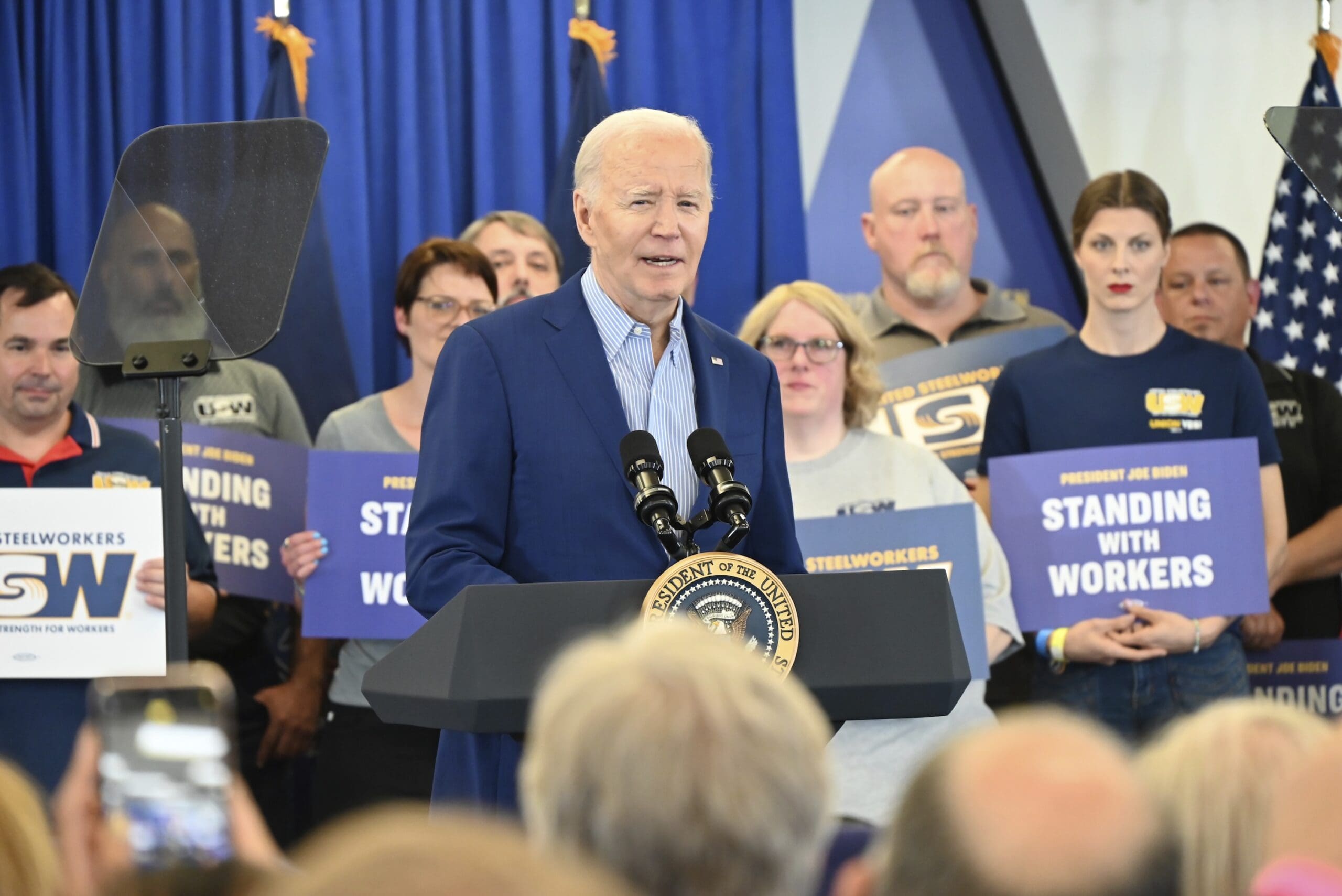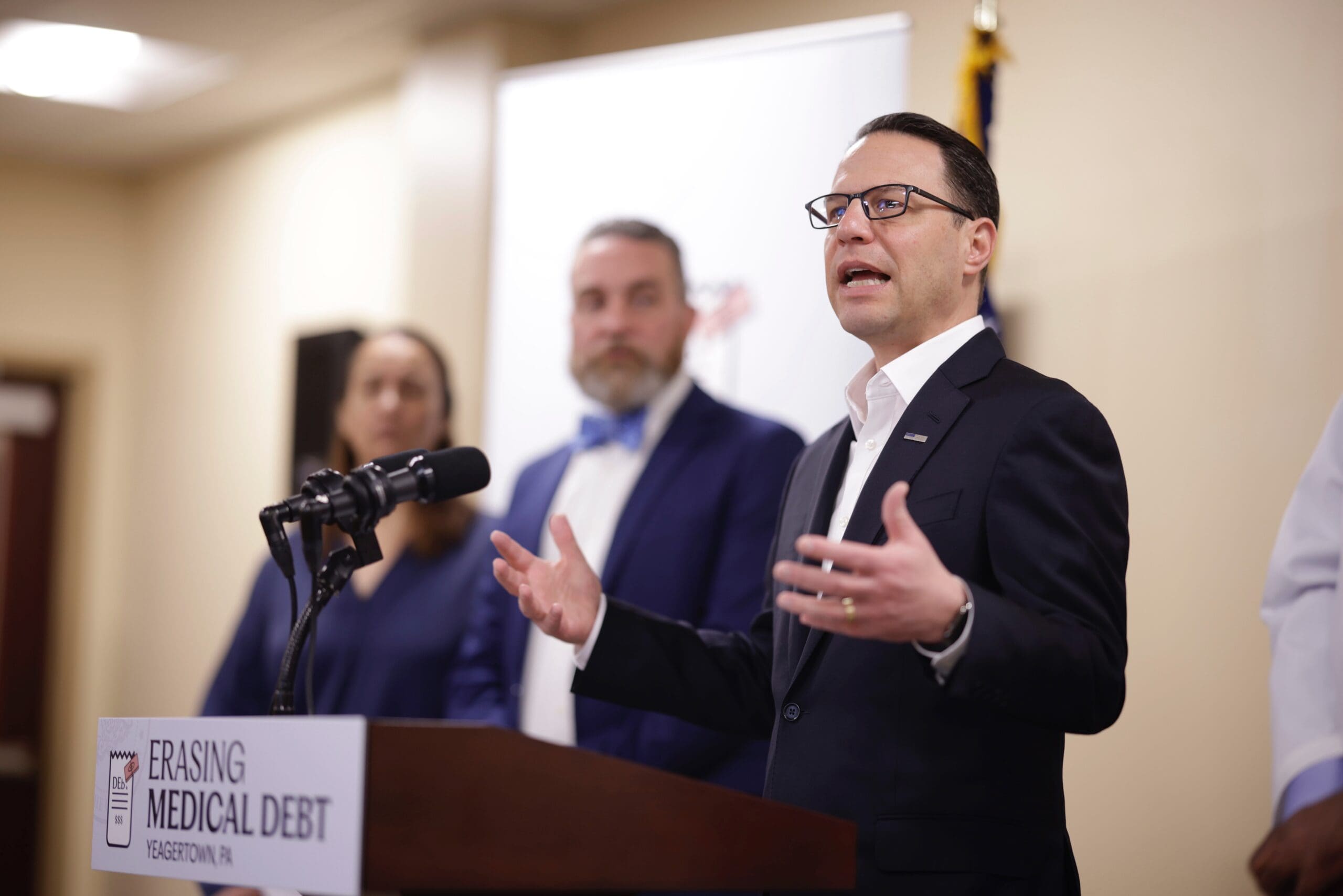Number of women-owned firms are increasing each year, but still face challenges

Parker Wallis
In the past few years, women-owned businesses in Pennsylvania have been booming, while the rest of the country is catching up.
According to new data from the Small Business Administration, there were roughly 12 million women-owned businesses in the United States in 2019, 1.1 million of which employed additional workers. This is a stark increase compared to 2014 when “more than 9.1 million firms were owned by women,” according to the “State of Women-Owned Business Report,” commissioned by American Express.
US Census Bureau data shows that “women-owned firms made up only 19.9 percent of all firms that employed people in the United States in 2018 but their numbers are growing.” From 2017 to 2018 alone, the US saw a 0.6 percent increase in women-owned firms, as reported by the Census Bureau’s Annual Business Survey (ABS).
Good news in Pennsylvania: the rate of women business owners in Pennsylvania is higher than the national average. In a 2021 report, the Small Business Administration stated that women in Pennsylvania “owned 39.4 percent” of the state’s 1.1 million small businesses (99.6 percent of all PA businesses count as small businesses).
“I think the dynamics of women in business have changed,” says Ashley Foltz, owner of Skeleton Key Boutique in Lock Haven, PA. “The expectations of life and wanting to be your own boss and be in charge of your own success.”
While many women are running more businesses, there are still societal barriers that make women entrepreneurship more difficult.
The Small Business Administration asserts that “women [business owners] remain underrepresented in every demographic group.” Nationally, women across all demographics own fewer businesses than men of the same category do, ranging from 19.8 percent for white people, about 25-27 percent for Asian and Hispanic peoples, and 34-37 percent for Black and Indigenous peoples.
In 2021, non-minority women owned approximately 945,000 firms across the country compared to 285,000 businesses owned by women from minority communities.
According to a recent Lending Tree study, “Pittsburgh had the lowest percentage of Black-owned businesses among the 50 largest metro areas in the U.S,” and only a fraction of that percentage is owned by Black women.
Additionally, women are underrepresented in employer firms, or businesses that employ extra workers. The Small Business Administration data showed that “90 percent of all women-owned businesses have no employees” and “over half of women employers have 1-4 employees.” On average, men-owned businesses hire 12 employees (8 for women-owned enterprises).
The 2014 State of Women-Owned Business Report illustrated another unwelcome trend among venture capitalists: a bias that disadvantages women entrepreneurs. The data collected suggests “women tend to receive more questions about their companies’ finances than men do,” and women find securing funding more difficult because “venture capitalists tend to invest in men for their potential, but judge women by their current performance.”
Attempts to remedy these inequalities are underway. Pittsburgh Urban Development, for instance, is launching two new pilot programs to incentivize minority entrepreneurship and business exploration. With $5 million in funding, the agency plans to provide risk capital to minority- and women-owned businesses.
Meanwhile, the Urban Redevelopment Authority (URA) is negotiating plans to convert the former Troy Hill Firehouse built in 1901 into a new grocery market and cafe. “The URA is taking significant steps to seed and operate pilot investment programs,” said URA chief strategy officer Tom Link, “to address deep inequities and gaps in availability of capital for MWBE (minority- and women-owned business enterprises).”
Reprinted from Northwest Lake Times




